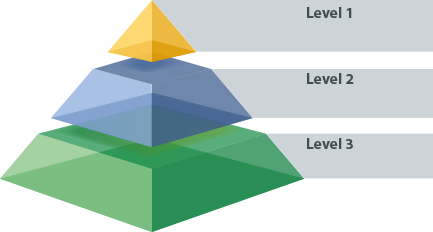ISO 9001:2015 Quality Management Standard – Consultancy Programme
Since the introduction of the first edition of ISO 9001 standard in 1987, minor and major revisions to the standard have alternatively happened every 7-8 years. The standard tries to adapt based on changes in the business world as the requirements change. As the world has become smaller, the supply demand requirements are seeing a lot of transformation. Keeping pace with the requirements, the latest 2015 edition focuses more on performance than documentation.
Some of the salient features introduced in this edition includes a higher level of emphasis on the involvement from the leadership with ownership and change being accounted at every level of the organisation for an effective management system to be followed. The strategy driven approach of an organisation has been integrated into the QMS thereby driving an alignment towards a common goal with the end customer in mind. Risks and opportunities towards attainment of the common strategy are now part of the QMS by adopting an approach that has constant evaluation, using a PDCA methodology. This is encouraged using a risk-based thinking technique for operational and audit requirements.
This edition also brings in a greater level of harmonisation between the safety and environment management systems in terms of the structure to the clauses thereby creating more opportunities towards having an integrated management system using a framework that is easy to navigate, apply and derive benefits.

